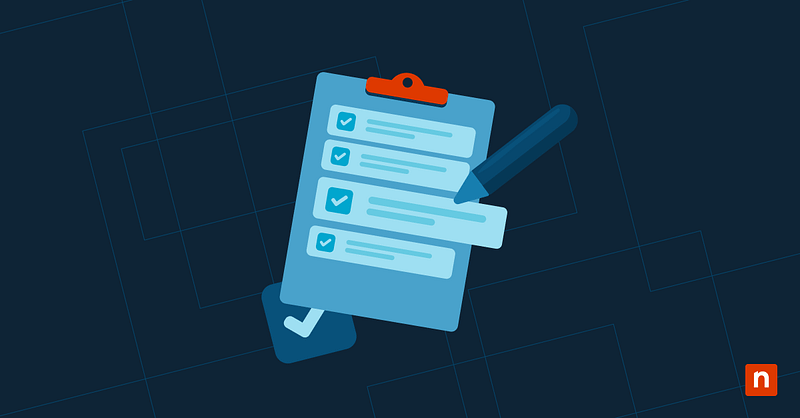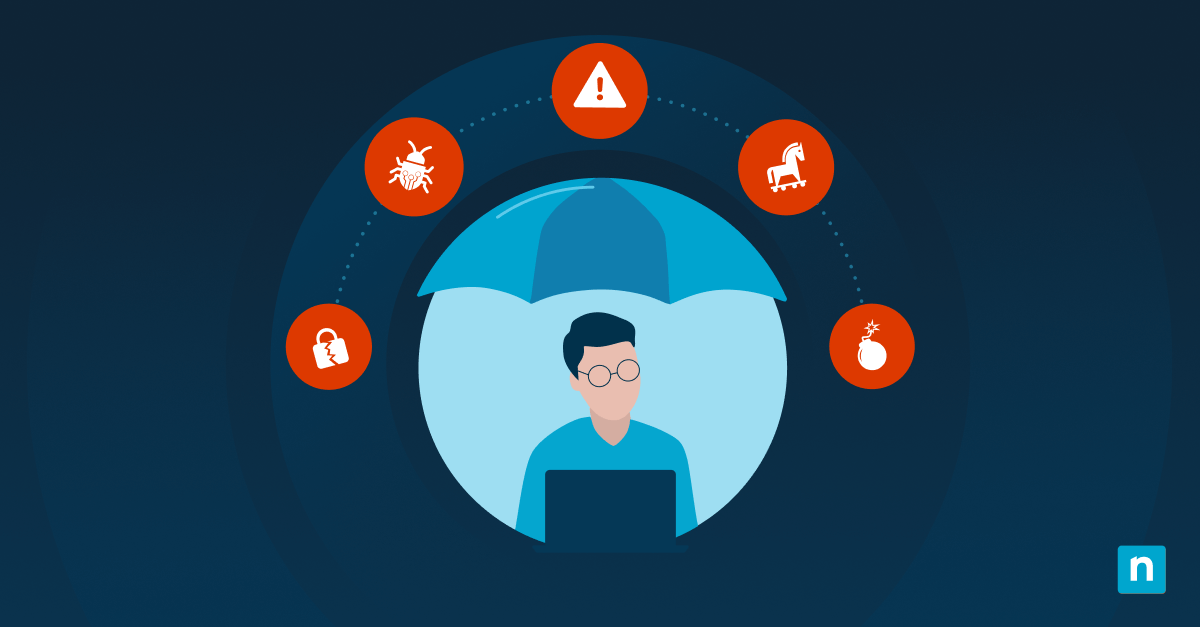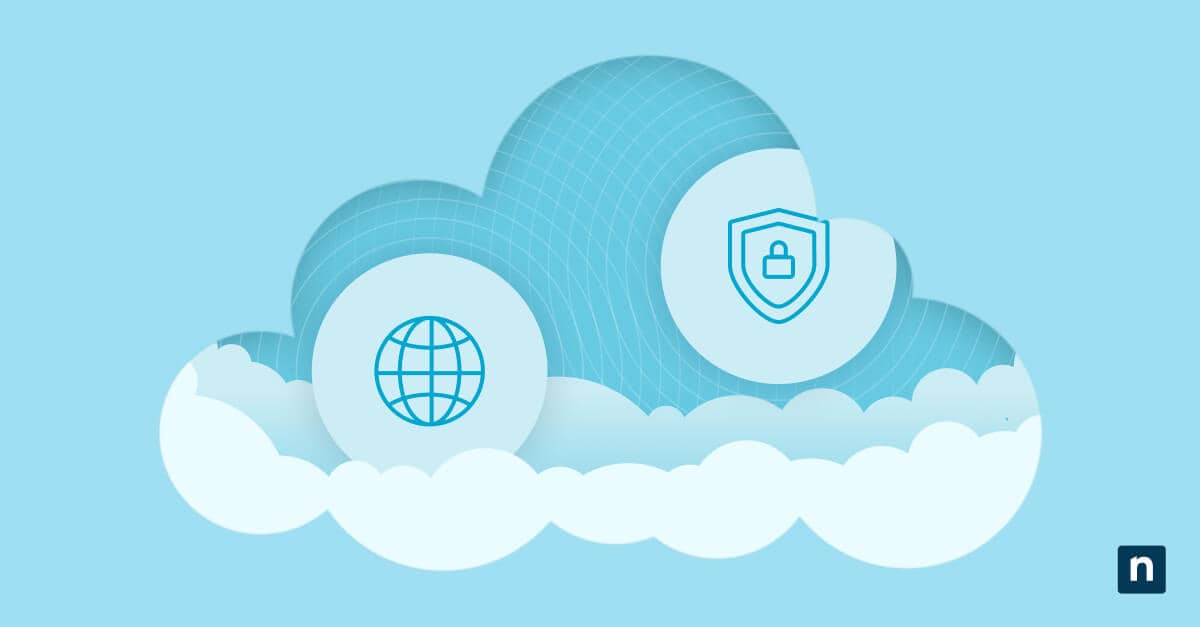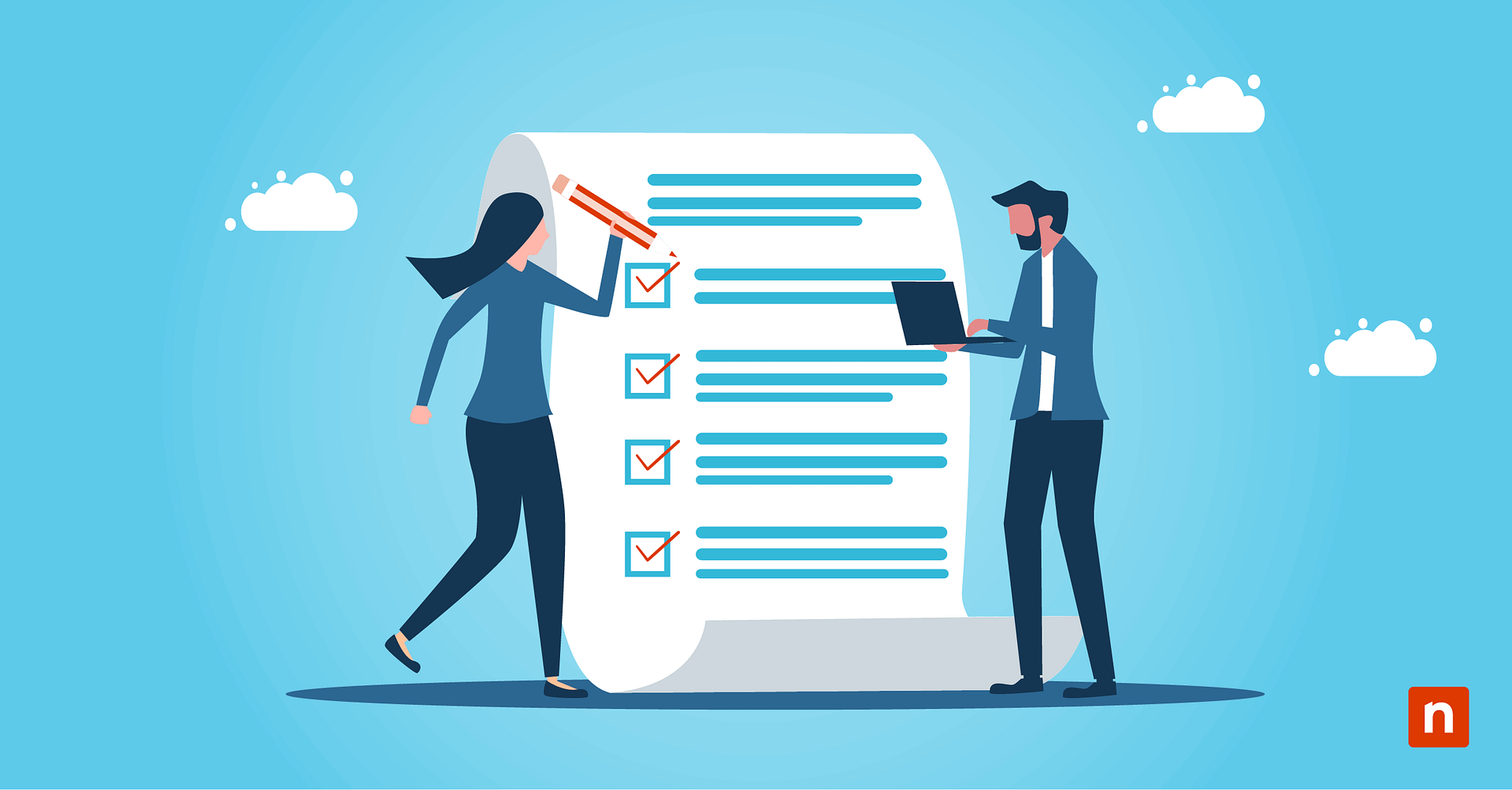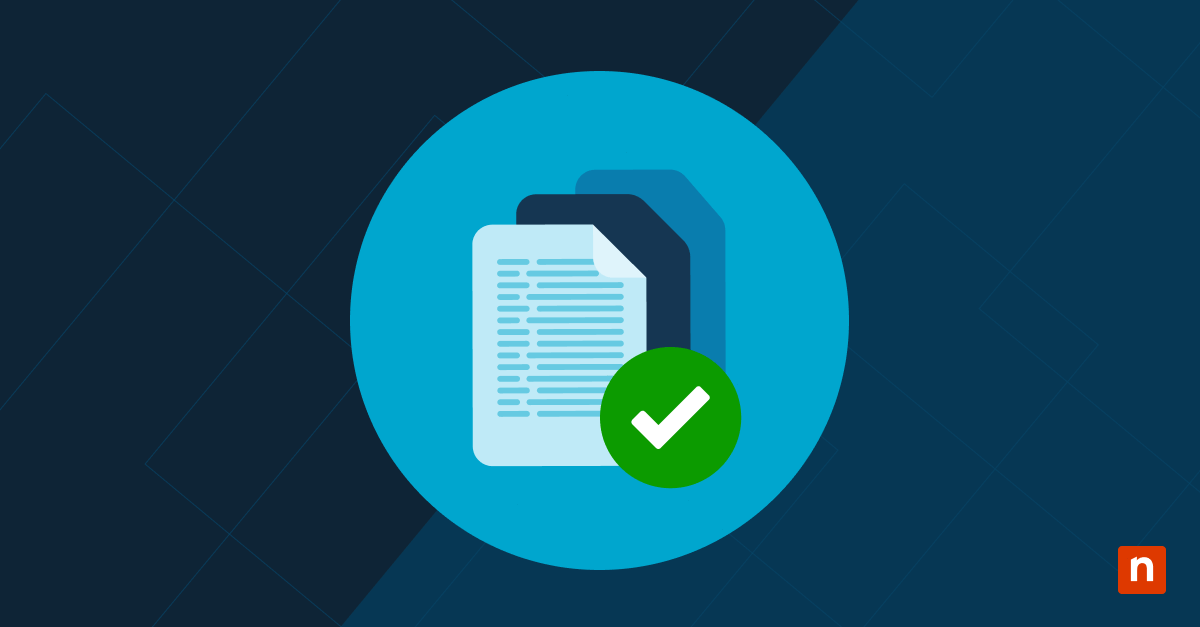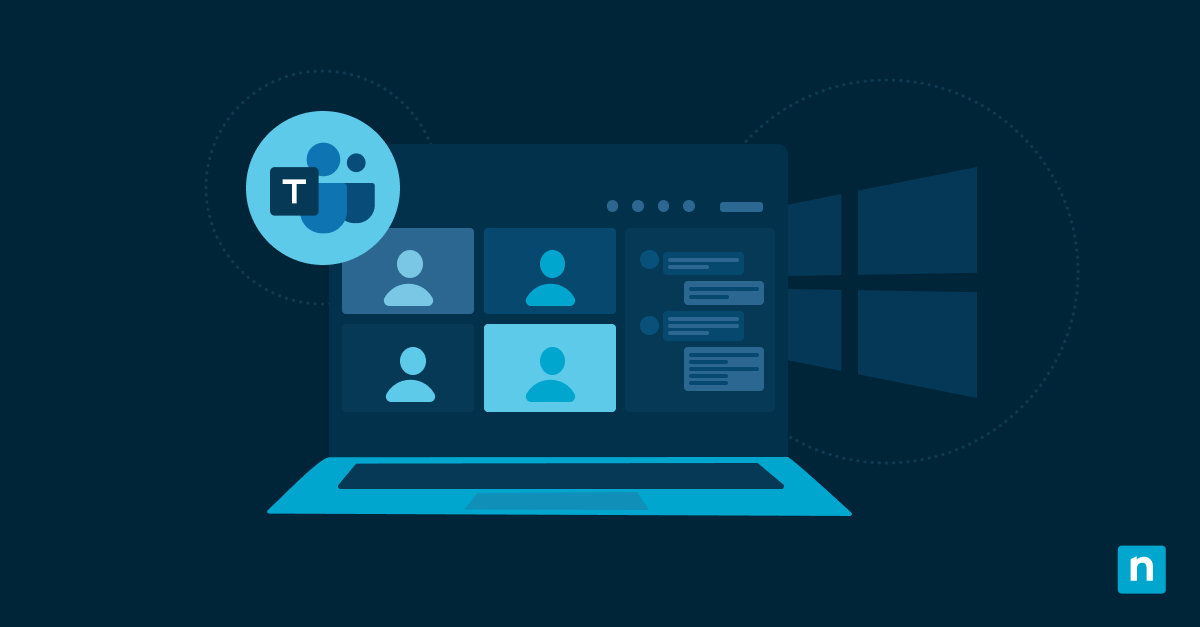One of the core tenets of almost all data privacy laws is the requirement that you take “reasonable measures” to protect personal data when it is transmitted, processed, and stored. Compliance with this requires both data protection policies and the technologies to enable them.
This guide helps you improve your CCPA and GDPR compliance strategies and lists the technologies and tools commonly implemented by internal IT teams and global managed service providers (MSPs) to safeguard the personal data they handle and achieve compliance with data privacy laws like the California Consumer Privacy Act (CCPA) and General Data Protection Regulation (GDPR).
What is GDPR and CCPA compliance, and why is it needed?
CCPA and GDPR are two distinct privacy laws that protect the personal information of residents of California and the European Union, respectively. While they serve a similar purpose, they have important differences – but they share the common requirement that you take certain measures to protect personal data, or personally identifiable information (PII), with harsh penalties for non-compliance.
Even if you aren’t located in the EU, California, or any other region with their own privacy laws, or you do not meet the revenue or other thresholds to be bound to them, it is still often beneficial for businesses to comply: many privacy frameworks apply to where the subject of the protected data is located, not where the business handling it is located. Not complying with privacy laws may also limit your ability to work with other companies that do need to comply with them.
Additionally, having the policies, processes, and infrastructure in place to comply with international privacy laws like CCPA and GDPR in place means that when you are ready to expand and scale, you’re already prepared. Neglecting your data protection responsibilities can also damage trust with your customers.
What do you need to ensure GDPR/CCPA compliance?
Crafting the policies that will help your business comply with international privacy laws requires an understanding of each law, the legal environment your business operates in, and the relationship with your users (including what data you handle for them, and their awareness and consent of your data usage). Generally, these policies will cover aspects like data classification, retention, and access.
Once the policies that address the applicable legal requirements are created, IT administrators and managed service providers are best placed to enact and enforce them as they have the best understanding of where and how this data is used. This requires choosing IT tools that provide features that facilitate compliance, ensuring that this software is properly configured, educating staff of their own responsibilities, and monitoring for potential data breaches or misconduct.
The key to all of this is visibility: you must know where all data (whether it’s on-premises, in the cloud, or stored in a backup) relating to a subject is located, so that it can be retrieved, deleted, corrected, or otherwise treated according to the privacy laws in their region.
Core technology categories for privacy compliance
Doing all of this for multiple jurisdictions and different kinds of personal data (especially when health data is involved) quickly becomes a complex technical challenge – especially for MSPs who have customers who operate in different markets, and who may themselves have a global customer base.
The following core technology categories are implemented to meet these ever-evolving requirements:
- Data discovery and classification: For locating and categorizing personal data across different environments, such as on-premises and cloud storage, and different SaaS platforms
- Access management (IAM/MFA): Enforces identity-based restrictions to limit access to data to only those that need it to fulfill their job role
- Data loss prevention (DLP): Prevents unauthorized sharing, transfer, or exposure of private data
- Encryption and key management: Secures data at rest and in transit with audit-ready key handling
- Consent and preference management: Tracks user opt-ins/outs and consent history for transparency and auditing purposes
- Audit logging and reporting: Provides traceability for access, changes, and user data requests
- Data subject request (DSR/SAR) automation: Assists with fulfilling access, deletion, and correction requests from data subjects within legally mandated timelines
It is your responsibility to research and implement tools that meet the requirements of your business, and your legal responsibilities. This often means mixing and matching products from different vendors (after performing a vendor risk assessment and putting the relevant data protection agreements in place) for a cost-effective, bespoke solution that integrates with your existing tools and business processes.
Data discovery and classification
To ensure that all private data is protected and to also make it possible to find all copies of a subject’s data when they make a request to access or update it, it must be discoverable. This data may be located on network shares, in emails, databases, and on SaaS platforms (like CRMs or eCommerce sites).
Keeping track of all of this requires both documenting how and where data is used, as well as the use of data discovery and classification tools that can scan for identifiers (like names, addresses, and government ID numbers), tag and classify data based on its purpose and sensitivity, and integrate with data loss prevention tools.
Tools for this purpose include Microsoft Purview, OneTrust, BigID, and Varonis.
A requirement for GDPR compliance, and a recommendation under CCPA, is data minimization — storing the bare minimum data required for the consented activity reduces the amount of data you need to protect. Anonymization and pseudonymization can also reduce data sensitivity risks.
Identity and access management (IAM)
IAM covers the authentication (who someone is), and authorization (what they’re allowed to see/do) mechanisms for accessing your IT infrastructure and the sensitive data in it. IAM should integrate with your IT toolchain to provide role-based access control (RBAC), multi-factor authentication (MFA), and user lifecycle management (provisioning and deprovisioning users as they come and go or change roles) across your local and cloud infrastructure.
Popular tools in this category include Microsoft Entra ID (formerly Azure AD), Okta, and Ping Identity.
Zero trust and the principle of least privilege (PoLP) are important concepts that should be considered when deciding on and implementing your IAM solution.
Data loss prevention (DLP)
DLP platforms prevent protected data from leaving your organization’s control, performing tasks such as inspecting outbound email, file transfers, and cloud activity for potential data breaches. If a potential leak is detected, the activity can be automatically blocked and stakeholders alerted so that action can be taken.
Microsoft Purview Data Loss Prevention, Forcepoint, Symantec DLP, and Proofpoint are all popular DLP platforms.
Data retention schedules can be leveraged to enforce automatic deletion after data lifecycle expiration, reducing the volume of data that could potentially leak and that needs to be monitored by DLP.
Encryption and key management
Data that has been securely encrypted cannot be read by anyone without the key, making it an absolute necessity for any effective form of data protection. It is especially relevant for data stored in the cloud, allowing you to remain in control of who can read it.
Privacy laws effectively stipulate that data must be encrypted at rest (ie, when stored on a hard drive) and in transit (ie, when being transmitted from one device to another, for example from your on-premises storage to cloud storage). There are various technical requirements for this, including TLS and AES encryption that are supported by many storage and networking solutions.
Encrypted data is only as secure as the secrets used to secure it, so tools such as AWS KMS, Azure Key Vault, and Thales CipherTrust are commonly deployed for key management.
Using key management tools makes it easier to regularly rotate keys on a regular basis without disrupting service, helping to protect against data leaks.
Consent and preference management
Users need a mechanism to give their consent to your business collecting and using their data and that consent must be recorded for compliance purposes.
This usually involves a user interface for opting into or out of data processing activities, and back-end services that capture and log this consent. This is typically presented in the form of familiar cookie banners, marketing consent pop-ups, and privacy controls in user profiles.
While this functionality is often manually implemented, platforms such as TrustArc, Cookiebot, and OneTrust CMP provide this functionality as a service that doesn’t require significant development work, and is kept up-to-date as laws change.
Subject rights request automation (DSR/SAR)
Under GDPR and CCPA, users have the right to see what data you have about them, and request that you update or delete it from all of your systems (including if it is stored in multiple locations and in some cases, historical backups).
DSR/SAR automation can search across systems to locate data about a subject, and help you deliver responses within the legally mandated timeframe (30 days for GDPR, 45 days for CCPA). Requests and outcomes can be logged to prove compliance and audit automated responses.
DataGrail, OneTrust, and Microsoft Purview Compliance Manager can all fulfill this role.
Logging, reporting, and audit trails
You must record your compliance in the form of documentation and audit logs so that you can prove that the required technical and process measures to secure data have been implemented. You must also document any potential breaches and ensure that users requesting access or correction of their data have received appropriate responses.
Tools for documenting this activity should be able to track who has accessed protected data, monitor for configuration changes, and generate reports regarding DSR responses, DLP incidents, and user consent. Data (such as emails), may also need to be put on legal hold or kept for investigations if notified to do so.
Tools to accomplish these reporting tasks include Splunk, Microsoft Defender for Cloud, Elastic SIEM, and AuditBoard. Many platforms and tools will also have their own configurable data retention and logging functionality (for example, litigation holds on cloud email providers that prevent emails from being permanently deleted).
Compliance starts with your IT management tools
While tool choice is critical, adopting any single tool will not immediately make you compliant with CCPA, GDPR, or any other privacy law. It is best to compare tools and choose ones that have features that directly address the requirements of your users and the policies you create to meet them.
This will reduce the burden on your IT teams and ensure that you’re ready for future growth into new territories or the adoption of new laws in areas you already operate.
NinjaOne provides a suite of GDPR and CCPA compliant IT management tools as part of a complete MSP platform that includes remote access, backup, endpoint and mobile device management, and helpdesk portals. We’re also compliant with HIPAA, ISO27001, NIS2, and other emerging data privacy and security frameworks, and we keep our platforms up-to-date with any new requirements as laws change – you can view our full compliance and trust overview here.
If you’re responsible for the security of PII or other sensitive proprietary information, get in touch with NinjaOne to discuss how we can help you bring your IT operations into compliance.

